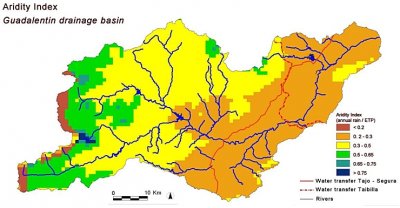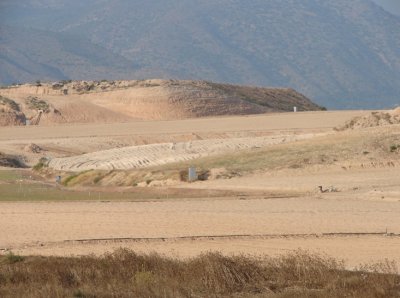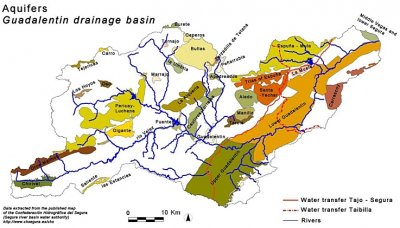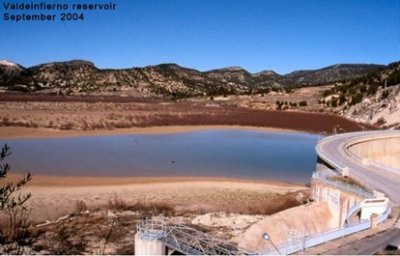| Study site location & description |
 |
|
The Guadalentín study site is in south eastern Spain, between Murcia and Almeria and centred on the village of Torrealvilla.
Over the last two decades, the drainage basin of the Guadalentín in south-eastern Spain has been the study area for many studies dealing with land degradation. One of the reasons for the widespread interest in the Guadalentín basin is that land degradation is generally considered severe in large parts of the basin due to a combination of the Mediterranean climate, characterised by dry summers followed by intense autumn rainfall, an often steep topography with fragile soils on highly erodible lithologies. Moreover, initiated by political and socioeconomic changes, important land use changes have taken place over the last centuries, which have formed an important driver for further land degradation in the Guadalentín basin.
Soil erosion by rills and gullies forms one of the main causes of land degradation in the Guadalentín. Apart from the natural conditions favouring soil erosion (i.e. topography, climate and lithology), high soil erosion rates are often triggered by frequent tillage, uncontrolled land abandonment and improper reforestation techniques. Another land degradation problem is soil salinization due to overexploitation of aquifers. Measures to combat land degradation problems have been applied for over 100 years. Some of them have been successful, while others have failed.
|
||||||||||||||
Study sites
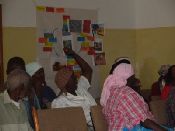
Acknowledgement
The DESIRE project was
|
DESIRE brought together the expertise of
26 international research institutes
and non-governmental organisations.
This website does not necessarily
represent the opinion of the
European Commission. The European
Commission is not responsible for
any use that might be made of the
information contained herein. 


